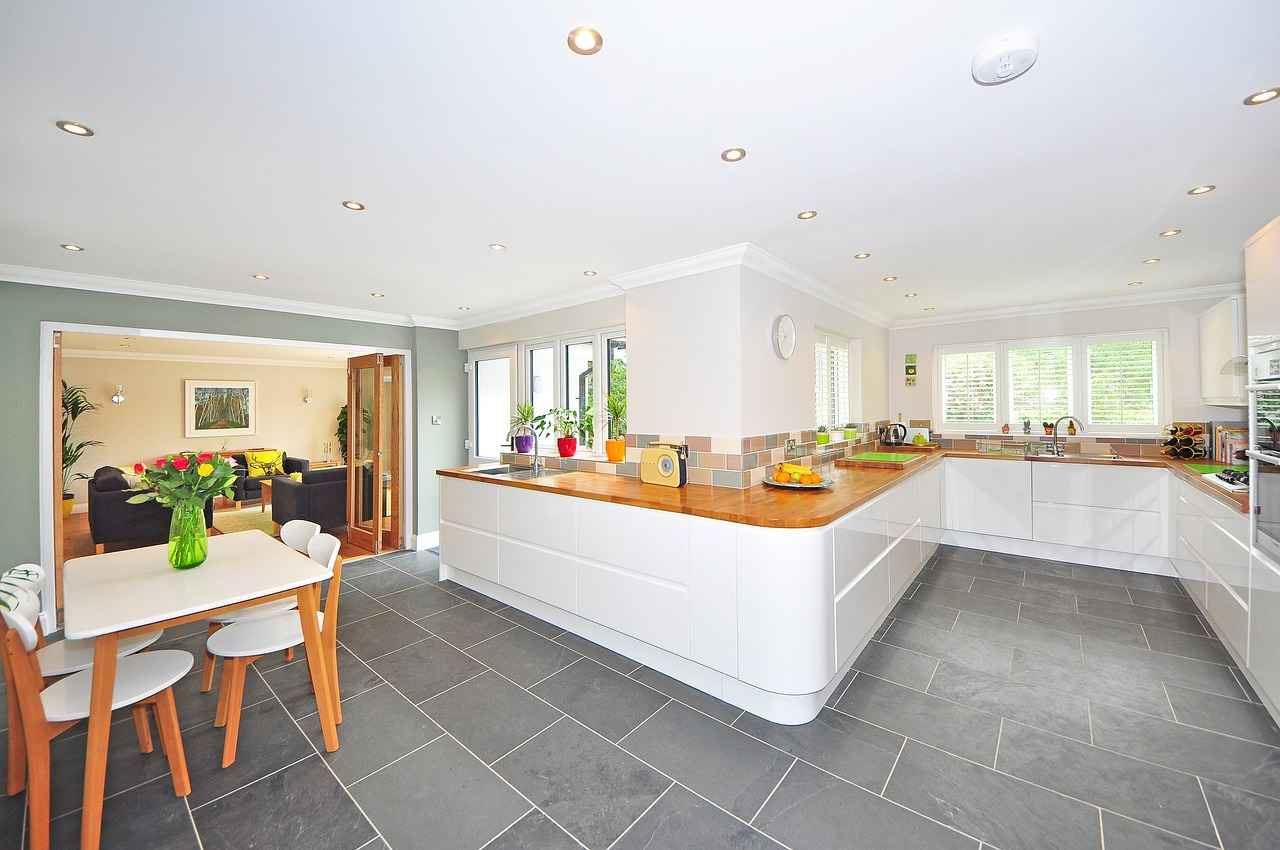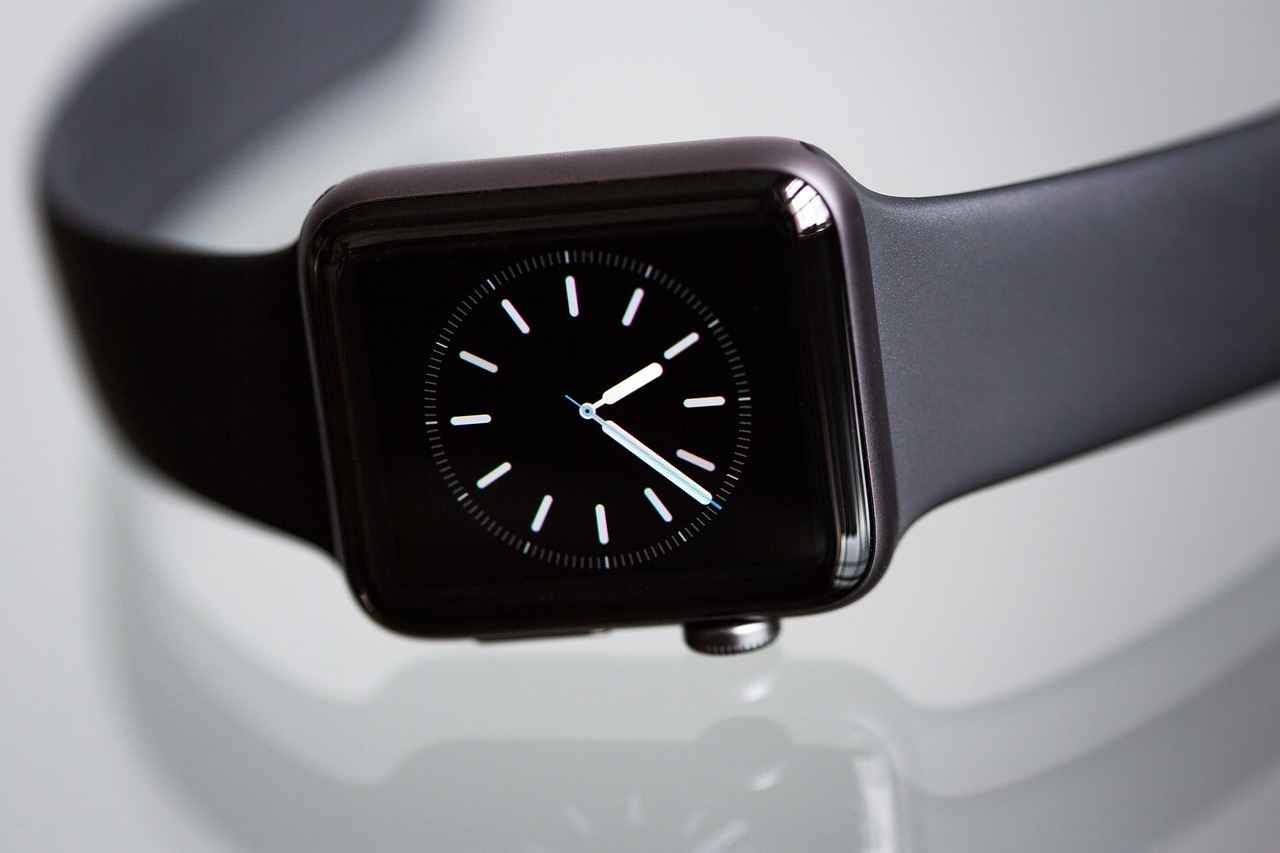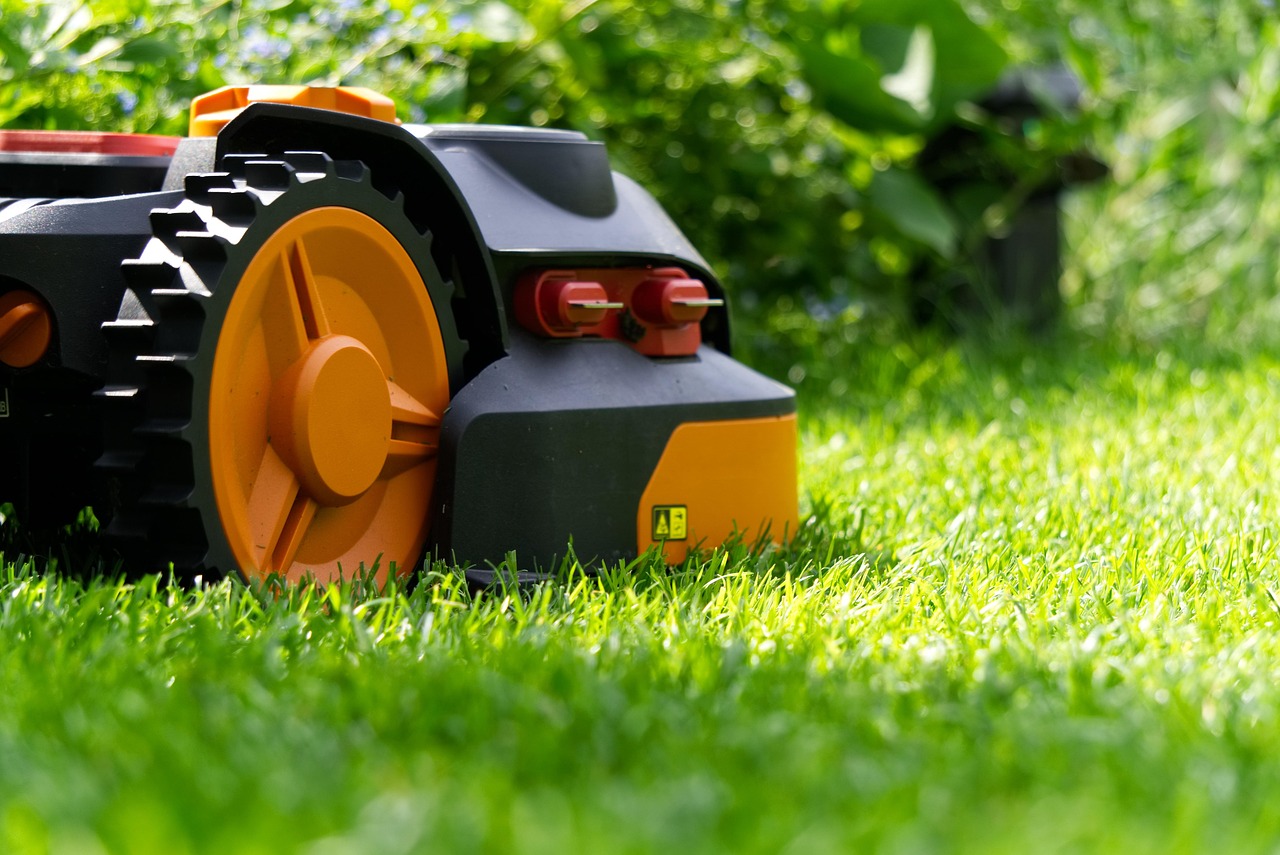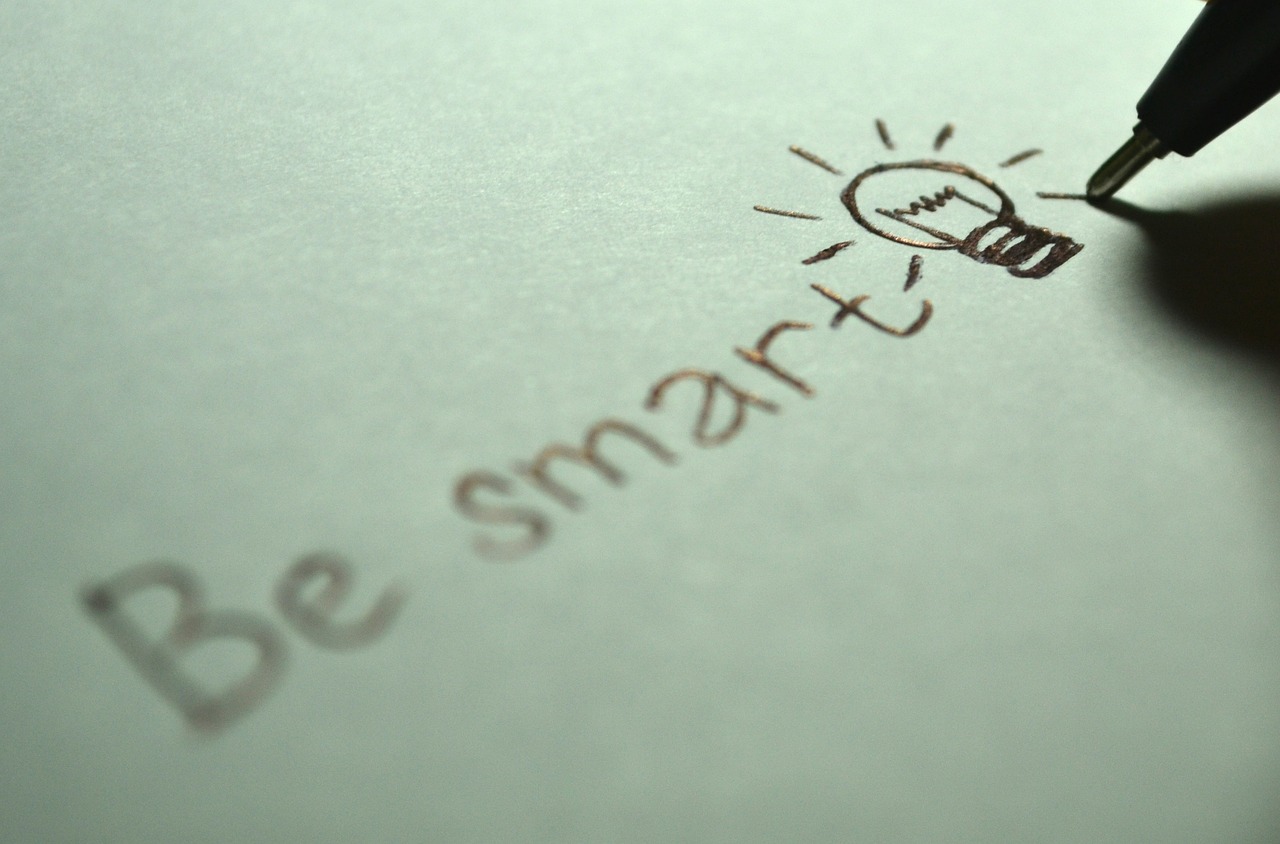This article delves into smart home devices, outlining their functionality, benefits, and the reasons they are becoming indispensable in contemporary living. As technology continues to evolve, these devices are transforming our homes into more efficient, secure, and convenient living spaces.
Understanding Smart Home Devices
Smart home devices are a collection of interconnected gadgets designed to automate various tasks around the home. These devices can be controlled remotely through smartphones or voice commands, making daily activities more manageable and efficient.
Benefits of Smart Home Devices
- Energy Efficiency: Smart devices optimize energy usage, leading to significant savings on utility bills.
- Enhanced Security: With real-time monitoring and alerts, smart devices provide peace of mind for homeowners.
- Convenience: Automating routine tasks allows for more time to focus on what truly matters.
Energy Efficiency
Smart home devices can drastically reduce energy consumption. For instance, smart thermostats learn user preferences and adjust heating and cooling automatically, ensuring comfort while minimizing waste.
Smart Lighting Systems
These systems allow users to control their lighting remotely and set schedules, which not only enhances convenience but also contributes to energy savings.
Enhanced Home Security
Smart cameras and alarms offer advanced features such as motion detection and alerts, allowing homeowners to monitor their properties from anywhere, ensuring enhanced safety.
Popular Smart Home Devices
- Smart Speakers: These act as control hubs for other devices, enabling voice commands for various functions.
- Smart Cameras: Providing surveillance capabilities, they help in keeping an eye on your property at all times.
Integrating Smart Home Devices
To successfully integrate smart devices, homeowners should consider compatibility with existing systems and the user-friendliness of interfaces. This ensures a seamless experience and encourages regular use.
Future of Smart Home Technology
The future of smart home technology is bright, with continuous advancements in AI and the Internet of Things (IoT). These innovations promise to further enhance the convenience, security, and energy efficiency of homes worldwide.
In conclusion, embracing smart home devices is not just a trend; it is a step towards a more efficient and secure living environment. As technology advances, these devices will become even more integral to our daily lives.

Understanding Smart Home Devices
Smart home devices are a revolutionary advancement in technology that significantly enhance the way we interact with our living spaces. These interconnected gadgets utilize the Internet of Things (IoT) to allow users to control various home functions remotely, leading to increased convenience and efficiency in daily tasks. From lighting to security systems, these devices create a seamless experience that transforms traditional homes into smart environments.
At their core, smart home devices aim to simplify household management. For instance, smart thermostats can learn your temperature preferences and adjust settings automatically, ensuring optimal comfort while saving energy. Similarly, smart lighting systems enable users to control lights through their smartphones or voice commands, allowing for customized ambiance and energy savings.
Moreover, these devices can enhance home security. Smart cameras and doorbells provide real-time monitoring and alerts, giving homeowners peace of mind while they are away. With features such as motion detection and two-way audio, these devices make it easier to keep an eye on your property.
Another significant advantage of smart home devices is their ability to improve energy efficiency. By optimizing usage patterns, homeowners can reduce their energy consumption, leading to lower utility bills and a smaller carbon footprint. This is particularly important in today’s world, where sustainability is a growing concern.
As technology continues to evolve, the integration of smart home devices becomes more seamless. Ensuring compatibility with existing systems and selecting user-friendly interfaces are crucial steps in creating an efficient smart home environment. With the right devices in place, you can enjoy a more comfortable, secure, and energy-efficient home.
In conclusion, understanding smart home devices is essential for anyone looking to enhance their living experience. The benefits of these technologies go beyond mere convenience; they contribute to a more sustainable and secure lifestyle. Embracing smart home technology is not just a trend; it’s a step towards a smarter future.

Benefits of Smart Home Devices
In today’s fast-paced world, smart home devices have emerged as essential tools for modern living. These innovative technologies not only enhance our daily routines but also provide numerous advantages that significantly improve our quality of life. Below, we explore some of the key benefits that smart home devices offer.
- Improved Energy Management: Smart home devices, such as smart thermostats and energy-efficient lighting systems, help homeowners monitor and control their energy consumption. By learning user preferences and adjusting settings accordingly, these devices can lead to substantial energy savings and lower utility bills.
- Enhanced Security: Security is a top priority for homeowners, and smart devices play a crucial role in enhancing safety. Smart cameras, doorbell cameras, and alarm systems provide real-time monitoring and alerts, allowing homeowners to keep an eye on their property remotely. This added layer of security ensures peace of mind, whether at home or away.
- Increased Convenience: One of the most appealing aspects of smart home devices is the convenience they offer. With the ability to control various functions remotely—from adjusting the thermostat to turning off lights—homeowners can streamline their daily tasks and enjoy a more comfortable living environment.
- Integration with Voice Assistants: Many smart home devices are compatible with voice assistants like Amazon Alexa or Google Assistant. This integration allows users to control their devices using simple voice commands, making home automation even more accessible and user-friendly.
- Customization and Automation: Smart home devices enable users to create personalized settings and schedules. For example, homeowners can program their lights to turn on at sunset or set their thermostat to adjust automatically when they leave for work. This level of customization enhances comfort and efficiency.
In conclusion, the advantages of smart home devices extend beyond mere convenience; they contribute to a more efficient, secure, and comfortable living environment. As technology continues to evolve, the integration of smart devices into our homes will only become more prevalent, making it essential for homeowners to embrace these innovations.
Energy Efficiency
has become a crucial consideration for homeowners looking to reduce costs and minimize their environmental footprint. With the rise of smart home devices, achieving this goal is now more accessible than ever. These innovative gadgets not only streamline household operations but also optimize energy usage, leading to significant savings on utility bills.
Smart home devices, such as smart thermostats and smart lighting systems, are designed to learn user behaviors and adjust their functions accordingly. For example, a smart thermostat can analyze your heating and cooling habits, automatically adjusting the temperature when you’re away or asleep. This capability can lead to energy savings of up to 30% annually, which translates into substantial financial benefits over time.
Additionally, smart lighting systems allow homeowners to control their lights remotely or set specific schedules. By using motion sensors and timers, these systems ensure that lights are only on when needed, further reducing energy consumption. For instance, if you forget to turn off the lights when leaving home, you can do it remotely through your smartphone, preventing unnecessary energy waste.
Smart power strips are another excellent addition to any energy-efficient home. They can detect when devices are in standby mode and cut off power to those devices, eliminating phantom energy use. This simple yet effective measure can help save an average of $100 annually on electricity bills.
In conclusion, incorporating smart home devices into your living space is an effective strategy for enhancing energy efficiency. By optimizing usage patterns and providing real-time monitoring, these devices not only help homeowners save money but also contribute to a more sustainable future. As technology continues to evolve, the potential for energy savings will only increase, making smart home devices an essential investment for any environmentally conscious homeowner.
Smart Thermostats
are revolutionizing the way we manage our home environments. By utilizing advanced technology, these devices not only learn user preferences but also adapt to them, ensuring optimal heating and cooling throughout the home. This capability translates into significant energy savings and enhanced comfort for residents.
As homeowners become increasingly aware of their energy consumption, offer a practical solution. They collect data on your daily routines, adjusting temperatures based on when you are home or away. This means that your heating or cooling system is not working harder than necessary, which can lead to substantial reductions in energy bills.
Moreover, many smart thermostats come equipped with features such as remote access via smartphone apps. This allows users to control their home’s temperature from anywhere, providing convenience and peace of mind. For instance, if you forget to adjust the thermostat before leaving for work, you can easily do so from your phone, ensuring that your home remains at a comfortable temperature without wasting energy.
Another benefit of smart thermostats is their ability to provide detailed energy usage reports. These insights can help homeowners understand their consumption patterns and identify areas where they can improve efficiency. Furthermore, some models can even integrate with other smart home devices, creating a comprehensive energy management system that enhances overall efficiency.
In conclusion, are an essential component of modern home automation. They not only offer enhanced comfort and convenience but also contribute to significant energy savings and environmental sustainability. As technology continues to evolve, the benefits of integrating smart thermostats into our homes will only increase.
Smart Lighting Systems
are revolutionizing the way we illuminate our homes. With advancements in technology, these systems offer unparalleled control over lighting, allowing users to adjust brightness, color, and even the ambiance of their spaces with just a few taps on their smartphones or through voice commands.
One of the primary benefits of smart lighting is the ability to control lights remotely. Whether you are at work, on vacation, or simply lounging on the couch, you can turn lights on or off, dim them, or change their color to suit your mood or needs. This feature not only enhances convenience but also provides an extra layer of security by allowing homeowners to simulate occupancy when they are away.
Moreover, smart lighting systems can be programmed to follow specific schedules. For instance, you can set your lights to turn on at sunset and off at sunrise, or create routines that adjust lighting based on your daily activities. This scheduling capability not only adds convenience but also contributes significantly to energy savings. By ensuring lights are only on when needed, homeowners can reduce their energy consumption and lower their utility bills.
Additionally, many smart lighting systems are compatible with other smart home devices, enabling seamless integration and automation. For example, your lights can automatically turn on when your smart door lock is activated or when your security system is disarmed. This interconnectedness enhances the overall efficiency of your home.
In conclusion, investing in smart lighting systems is a step towards a more efficient, secure, and convenient living environment. With the ability to control lighting remotely, set schedules, and integrate with other smart home devices, these systems are not just a luxury but a practical addition to modern homes.
Enhanced Home Security
is a critical aspect of modern living, and smart home devices play a pivotal role in ensuring the safety of your home and loved ones. With the advancement of technology, these devices provide homeowners with innovative solutions that enhance security measures significantly.
Smart home security systems are designed to offer real-time monitoring and immediate alerts, making it easier for homeowners to keep an eye on their properties from virtually anywhere. Whether you are at work, on vacation, or simply running errands, you can access live feeds from your smart cameras or receive notifications about unusual activities.
- Real-Time Alerts: Smart security devices send instant alerts to your smartphone if they detect any suspicious movement or activity around your home. This feature allows you to respond promptly, potentially preventing break-ins or other security threats.
- Remote Monitoring: With smart cameras and doorbell systems, you can monitor the exterior of your home in real-time. Many systems offer two-way audio, enabling you to communicate with visitors or potential intruders directly.
- Integration with Other Devices: Smart home security systems can integrate with other smart devices, such as smart lights and locks. For example, when a camera detects motion, it can trigger the smart lights to turn on, creating the illusion that someone is home.
Moreover, the ability to control these devices remotely through a smartphone app adds an extra layer of convenience. Homeowners can check the status of their security systems, lock doors, and even view recorded footage from anywhere in the world. This capability not only provides peace of mind but also enhances the overall security of the home.
In conclusion, investing in smart home devices for enhanced security is a wise decision for any homeowner. With features like real-time monitoring, immediate alerts, and remote access, these technologies ensure that you can protect your home effectively, no matter where you are.

Popular Smart Home Devices
have revolutionized the way we interact with our living spaces. With an array of options available, these devices cater to a variety of needs and preferences, making it essential to understand their functionalities and benefits.
Smart home devices are designed to enhance convenience, security, and energy efficiency in our homes. They allow users to control various aspects of their living environment remotely, often through smartphone applications or voice commands. Below, we explore some of the most popular smart home devices that can transform your home into a more intelligent and responsive space.
- Smart Speakers: These devices act as control hubs for other smart gadgets. With voice command capabilities, they can play music, answer questions, and manage your smart home ecosystem effortlessly.
- Smart Thermostats: These devices learn your heating and cooling preferences over time, optimizing energy usage and ensuring comfort. They can significantly lower utility bills by adjusting temperatures based on your habits.
- Smart Lighting Systems: Control your home lighting from anywhere with smart bulbs and switches. Set schedules, adjust brightness, and even change colors to enhance ambiance and save energy.
- Smart Cameras: Keep an eye on your home with smart cameras that offer real-time monitoring and alerts. Features like motion detection and two-way audio add an extra layer of security.
- Smart Door Locks: Enhance your home security with smart locks that allow keyless entry. Monitor who enters and exits your home from your smartphone.
In conclusion, investing in smart home devices not only enhances your living experience but also contributes to energy savings and security. By understanding the various options available, you can select the right devices that cater to your specific needs, making your home smarter and more efficient.
Smart Speakers
have revolutionized the way we interact with technology in our homes. These innovative devices act as central control hubs for various smart home gadgets, allowing users to manage their environment through simple voice commands. Their versatility makes them an essential component of modern households.
One of the primary functions of smart speakers is to facilitate home automation. With the ability to connect to a wide range of devices, including smart lights, thermostats, and security systems, they provide a seamless way to control your home environment. For instance, you can ask your smart speaker to dim the lights or adjust the temperature without lifting a finger.
In addition to home automation, smart speakers are also popular for their entertainment capabilities. Users can easily play music, podcasts, or audiobooks by simply asking their device to do so. Many smart speakers integrate with popular streaming services, ensuring that your favorite tunes are just a voice command away.
Moreover, these devices offer quick access to information. Whether you need to check the weather, set reminders, or ask trivia questions, smart speakers provide instant answers, making them a valuable tool for enhancing daily life.
| Feature | Description |
|---|---|
| Voice Control | Hands-free operation for easy management of tasks. |
| Smart Home Integration | Compatibility with various smart devices for home automation. |
| Entertainment | Stream music and audio content effortlessly. |
| Information Access | Quick answers to queries and reminders. |
As smart technology continues to evolve, the capabilities of smart speakers are expected to expand even further. With advancements in artificial intelligence and integration with other smart home devices, these speakers will become even more indispensable in our daily routines. In conclusion, smart speakers not only enhance convenience but also enrich our living experience, making them a worthy investment for any modern home.
Smart Cameras
In today’s world, have become an essential component of home security systems. These innovative devices not only provide surveillance but also offer a range of features that significantly enhance the safety and monitoring of your property.
- Real-Time Monitoring: Smart cameras allow homeowners to monitor their properties in real-time through mobile applications. This means you can check in on your home from anywhere, providing peace of mind whether you’re at work or on vacation.
- Motion Detection: Equipped with advanced motion detection technology, these cameras can alert you immediately if any unusual activity is detected. This feature is crucial for preventing potential break-ins and ensuring that any suspicious behavior is addressed quickly.
- Two-Way Audio: Many smart cameras come with two-way audio capabilities, allowing you to communicate with visitors or intruders directly through the camera. This feature is particularly useful for greeting delivery personnel or warning off trespassers.
- Night Vision: With enhanced night vision capabilities, smart cameras can capture clear footage even in low-light conditions. This ensures that your home is protected around the clock, regardless of the time of day.
- Cloud Storage: Most smart cameras offer cloud storage options for recorded footage, ensuring that you can access past events whenever needed. This is vital for reviewing incidents and providing evidence if necessary.
In conclusion, are a pivotal element in modern home security systems. Their ability to provide real-time monitoring, detect motion, and facilitate communication makes them invaluable for homeowners looking to enhance their property’s safety. Investing in smart camera technology not only protects your home but also brings a sense of security and convenience to your daily life.

Integrating Smart Home Devices
into your living space is an exciting venture that enhances your daily routines. However, it requires careful planning to ensure a smooth transition. By understanding the various aspects of smart home technology, you can create an environment that is both functional and enjoyable.
The first step in integration is assessing the compatibility of devices. Not all smart home products work seamlessly with one another. It’s essential to check if the devices you choose can communicate effectively. For instance, if you plan to use a smart thermostat, ensure it can connect with your existing HVAC system. This compatibility is crucial for a cohesive smart home experience.
Another vital aspect is the ease of use. Devices that are user-friendly and come with intuitive interfaces will make your smart home journey much more enjoyable. Look for products that offer simple app controls and voice command features. This way, you can operate your devices without a steep learning curve, making technology accessible to all members of your household.
| Device Type | Compatibility | User Interface |
|---|---|---|
| Smart Thermostats | HVAC Systems | Mobile App & Voice Control |
| Smart Lights | Wi-Fi/Bluetooth | Mobile App & Voice Control |
| Smart Cameras | Wi-Fi | Mobile App |
Moreover, consider the scalability of your smart home system. Start with a few essential devices and gradually add more as you become comfortable. This approach allows you to learn the technology at your own pace and make informed choices about future purchases.
In conclusion, integrating smart home devices into your living space can significantly enhance your lifestyle. By prioritizing compatibility and ease of use, you can enjoy a seamless and efficient smart home experience. With thoughtful planning, the transition to a smart home can be both rewarding and enjoyable.
Compatibility with Existing Systems
is a crucial aspect to consider when setting up a smart home. As the market for smart devices continues to expand, ensuring that new gadgets will work seamlessly with your existing technology is vital for a smooth integration.
Before making any purchases, it’s important to research the compatibility of the devices you are interested in. Here are some key factors to consider:
- Brand Compatibility: Many manufacturers offer ecosystems that work best with their own products. For instance, devices from the same brand often communicate more effectively than those from different manufacturers.
- Protocol Support: Smart devices use various communication protocols such as Wi-Fi, Zigbee, and Z-Wave. Ensure that your existing devices support the same protocols to avoid connectivity issues.
- Platform Integration: Check if the devices are compatible with your preferred smart home platforms, such as Google Home, Amazon Alexa, or Apple HomeKit. This will allow for a unified control experience.
- Software Updates: Regular updates can improve compatibility and security. Choose brands that are known for providing ongoing support and updates for their devices.
In addition to compatibility, consider the user experience. Devices should not only work well together but also offer intuitive controls for ease of use. A complicated setup can lead to frustration and may deter you from utilizing the full capabilities of your smart home system.
In conclusion, ensuring that your smart devices are compatible with existing systems is essential for a successful smart home setup. By doing thorough research and considering all aspects of compatibility, you can create a cohesive and efficient smart home environment that enhances your daily life.
User-Friendly Interfaces
When it comes to smart home devices, are crucial for ensuring a seamless experience. The ease of navigation can significantly impact how often and effectively users interact with these technologies. Choosing devices with intuitive controls not only enhances usability but also encourages regular engagement with smart home features.
One of the primary reasons to opt for devices with intuitive interfaces is that they cater to users of all ages and technical backgrounds. Whether you’re a tech-savvy individual or someone who is just beginning to explore smart home technology, a well-designed interface can make all the difference. Here are some key aspects to consider:
- Simple Navigation: A clear and straightforward layout allows users to access various features without feeling overwhelmed.
- Touchscreen Capabilities: Devices equipped with touchscreens can offer a more interactive experience, making it easier to control settings and preferences.
- Voice Control: Many smart home devices now support voice commands, which can simplify operation and make technology more accessible.
- Customizable Settings: User-friendly interfaces often allow for personalization, enabling users to tailor the device to their specific needs and preferences.
Moreover, a device that is easy to use can significantly reduce the learning curve. This is particularly important for families or individuals who may not be as comfortable with technology. By selecting devices that prioritize user experience, you can foster a more inviting environment that encourages the adoption of smart home solutions.
In conclusion, investing in smart home devices with user-friendly interfaces not only enhances the overall experience but also promotes regular use. As technology continues to evolve, prioritizing ease of use will ensure that these innovations remain accessible and beneficial to all users.

Future of Smart Home Technology
The is set to revolutionize the way we interact with our living spaces. As advancements in Artificial Intelligence (AI) and the Internet of Things (IoT) continue to evolve, we are witnessing a transformation that enhances not only convenience but also security and energy efficiency in homes across the globe.
One of the most significant trends is the integration of AI, which allows devices to learn user preferences and automate tasks accordingly. For instance, smart thermostats can adjust temperatures based on your daily routines, ensuring optimal comfort while conserving energy.
The future will see even greater interconnectivity among devices. Smart home ecosystems will become more cohesive, allowing various devices to communicate seamlessly. This means that your smart lights, thermostat, and security cameras can work in unison, creating a more integrated home experience.
As smart home technology becomes more prevalent, the emphasis on security and privacy will intensify. Manufacturers are expected to implement advanced encryption methods and user authentication processes to protect sensitive data, ensuring homeowners can enjoy peace of mind.
With a growing awareness of environmental issues, smart home technologies will play a crucial role in promoting sustainability. Devices such as smart meters and energy-efficient appliances will help homeowners monitor and reduce their energy consumption, contributing to a greener planet.
In conclusion, the future of smart home technology is not just about convenience; it is about creating safer, more efficient, and environmentally friendly living spaces. As we embrace these advancements, we can look forward to a lifestyle that is not only more comfortable but also more connected and sustainable.
Frequently Asked Questions
- What are smart home devices?
Smart home devices are interconnected gadgets that enhance home automation. They allow you to control various functions of your home remotely, making daily tasks more convenient and efficient.
- How do smart home devices improve energy efficiency?
These devices optimize energy usage by learning your habits and adjusting settings accordingly, leading to lower utility bills and a reduced environmental footprint.
- Are smart home devices secure?
Yes, many smart home devices come with advanced security features like real-time monitoring and alerts, which help keep your home safe and give you peace of mind.
- Can I integrate smart home devices with my existing systems?
Absolutely! However, it’s essential to check compatibility before purchasing. Ensuring that your new devices can communicate with your existing systems is key for a seamless setup.
- What are some popular smart home devices?
Some popular options include smart speakers, smart cameras, smart thermostats, and smart lighting systems. Each offers unique features that enhance convenience and security in your home.
- Is it easy to use smart home devices?
Most smart home devices are designed with user-friendly interfaces, making them easy to navigate and use regularly. Look for devices that offer intuitive controls for the best experience.



